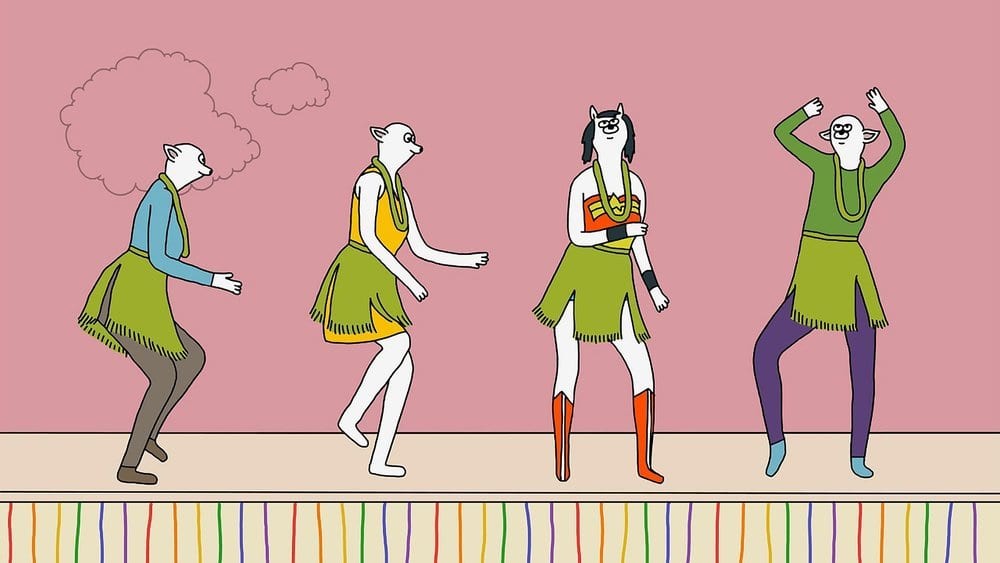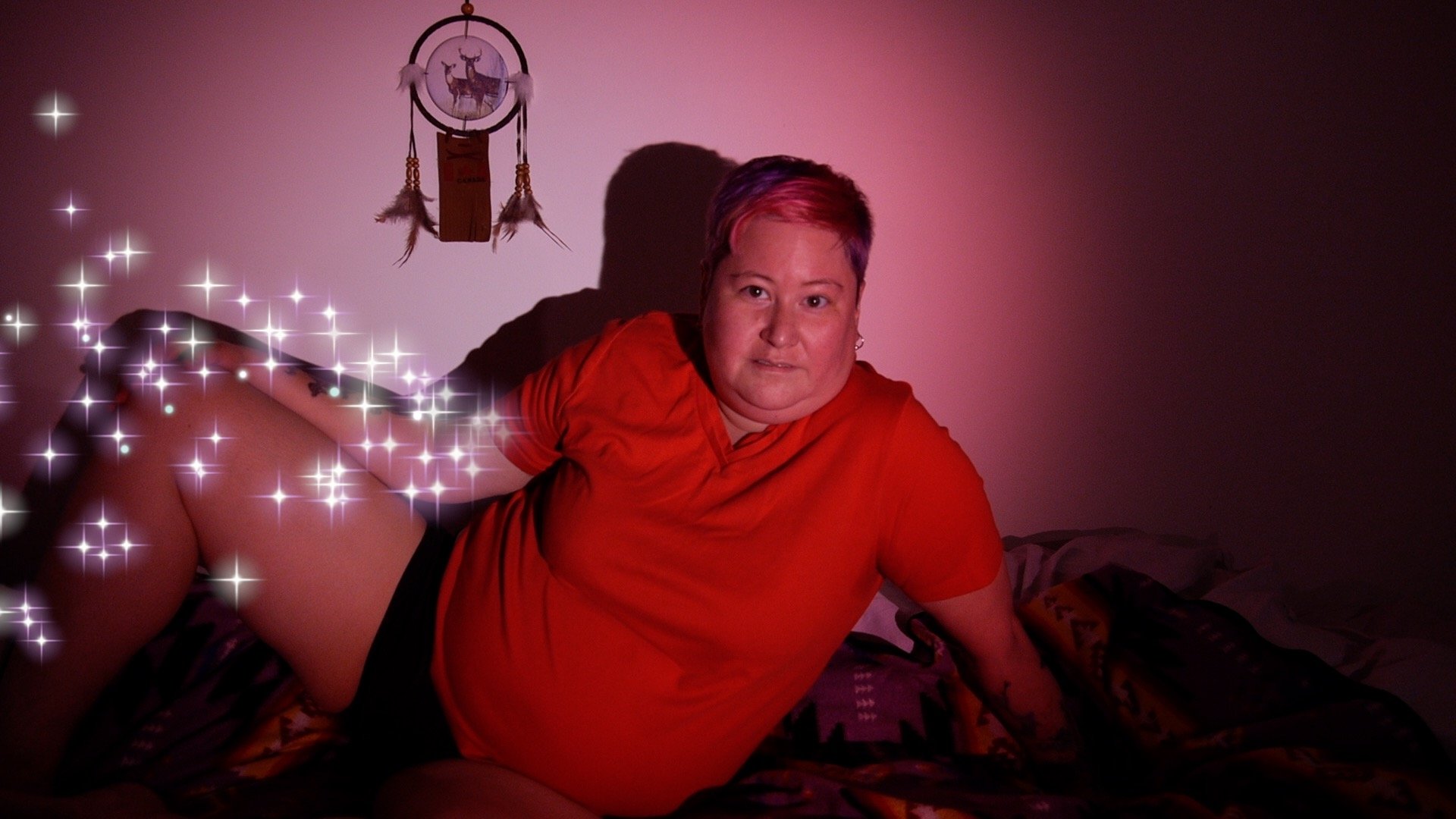Now in its 18th year, ImagineNATIVE brings the world’s best Indigenous cinema to Toronto.
Rather than exclusively showcasing Indigenous stories, the festival’s mandate is broader. All works by artists of Indigenous blood are eligible for the program. This expansive scope creates a wildly diverse selection of films, many created by queer and two-spirit artists.
Toronto-based filmmaker Thirza Cuthand has two very different works on offer this year. Thirza Cuthand Is an Indian Within the Meaning of the Indian Act is an experimental piece touching on the privileges and challenges associated with being a light-skinned Indigenous person.
Incorporating archival photographs of her family with footage shot around Toronto, the film chronicles Cuthand’s experiences of being confronted by racism people spout off when they think they’re speaking to a white person, and how her skin tone leads some people to question her right to speak about Indigenous issues.
In contrast, Cuthand’s 2 Spirit Dreamcatcher Dot Com is a comic short exploring the perils of two-spirit dating in the form of an infomercial, perils that will likely feel familiar to any queer who’s struggled to find that special someone.
Despite being very different in tone, both works were made last spring within the span of a few weeks, just in time for Vancouver’s Queer Arts Festival.
“When you’re talking about a group that’s really small like the two-spirit community, sometimes there’s this feeling that you have to explain things so that people outside the community can understand, especially if it’s supposed to make you laugh,” Cuthand says.
“I decided not to do that with this film because I was really creating it for other two-spirit people, but I’m glad to know it resonates with the wider queer population.”

I Like Girls by Diane Obomsawin. Credit: Courtesy ImagineNATIVE
Montreal artist Diane Obomsawin’s I Like Girls (J’aime Les Filles) doesn’t address Indigenous identity at all.
Based on her 2015 graphic novel On Loving Women, the animated work features anthropomorphic figures acting out real-life stories shared by her friends.
The process began in 2014 when Obomsawin started asking friends to recount their first memories of being attracted to a woman. Collecting material from women she already knew was key.
Since the plan was always to use the stories as fodder for a creative project, trust in how those stories would be rendered was critical to her subjects’ ability to be open. Assembled over a four-month period, the stories formed the raw material for the book that she would eventually adapt as the film.
“If I were to continue the project, I would consider opening it up to gay and bi people,” Obomsawin says. “But for this version it was really important to me that I focused on lesbians. I feel like our experiences aren’t reflected that often, so I wanted something that captured them.”
“But it’s been great to hear that people from other parts of the community find the stories so universal.”
Nathan Adler’s Calving doesn’t touch on sexuality at all, at least not directly. The experimental short follows a monster who, after being encased in a glacier for thousands of years has suddenly woken up hungry, courtesy of global warming.
Part of the emerging Cli-Fi genre (Climate Fiction), the work was inspired by the widely-reported incident from earlier this year when a chunk of ice the size of Manhattan broke off Antarctica and tumbled into the ocean.
“Monsters are a great metaphor for all kinds of things,” Adler says. “They aren’t human, so they don’t necessarily have human hang-ups, frailties or fears. They don’t necessarily have human sexuality or gender.”
“They’re strong, they kick ass, and they are outsiders. They’re different and Other in the same way LGBT differences are othered,” Adler continues. “Queer audiences can often really identify with them, because they give you someone to cheer for.”

In Moment by Samay Arcentales Cajas. Credit: Courtesy ImagineNATIVE
Samay Arcentales Cajas’ In Moment takes its inspiration from the Juno-nominated musical act Kanatan Aski. Founded by her father (musician Marcos Arcentales) in 1992 and taking its name from the Cree word for “clean land,” the project has seen Arcentales collaborate with Indigenous artists from across the Americas. Described by Cajas as an experimental drama, the work follows people from different walks of life as they receive a message about our unfolding ecological crises.
“It definitely diverges from the traditional western notion of storytelling by placing emphasis in the power and importance of spirit within an Indigenous context,” Cajas says. “Ultimately, the film is a call for all us to come together, not by ignoring our differences, but by celebrating them.”
“Personally, I think the entire LGBTQ community should be interested in stories coming from two-spirit and queer Indigenous people,” Cajas continues. “They should be at the forefront of our movements for justice and decolonization.”


 Why you can trust Xtra
Why you can trust Xtra


